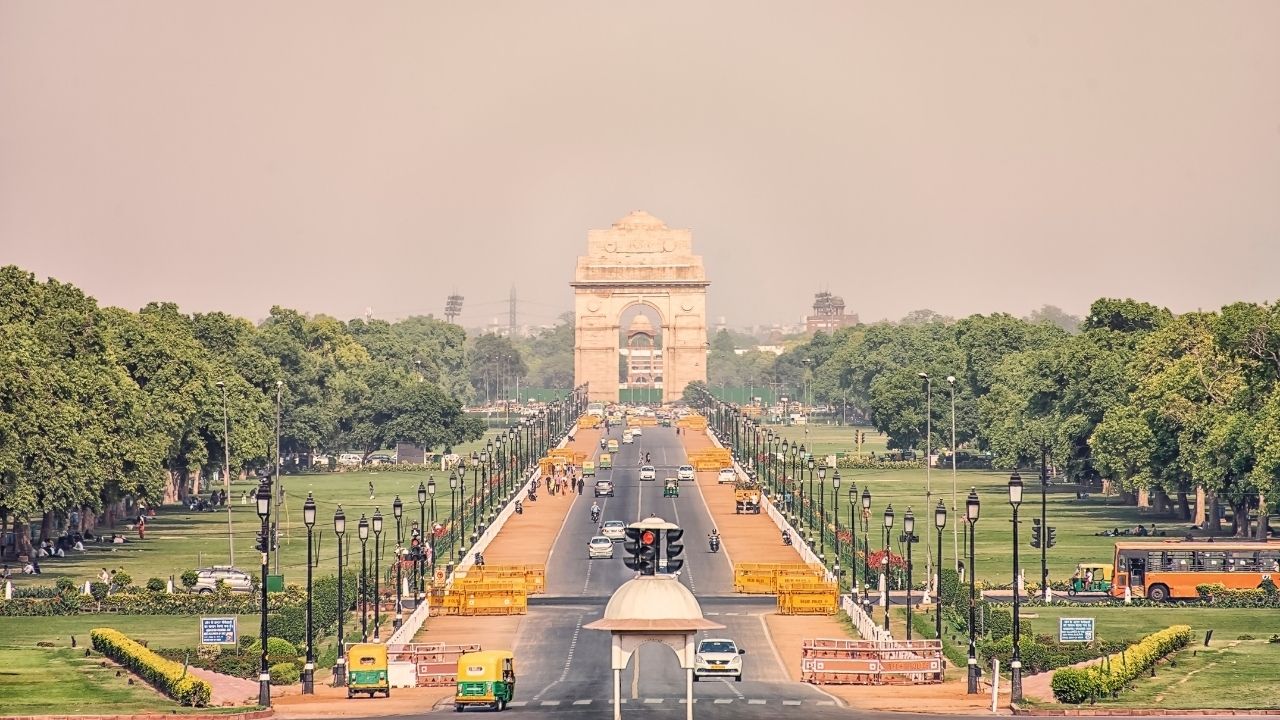New data from the private research firm Centre for Monitoring Indian Economy shows that there is an increasing number of people no longer looking for work.
According to the findings, labor participation fell from 46% in 2017 to 40% this year, indicating a growing disinterest among working age people. During this time, 21 million people left the workforce, meaning just 9% were employed or looking for positions.
The CMIE now shows that over half of the 900 million eligible workers in India do not want a job at all.
Despite Prime Minister Narendra Modi’s attempt to kickstart “amrit kaal,” or the golden era of growth, job growth outside of the farm industry and other laborious positions is lacking. In fact, a 2020 report from McKinsey Global Institute showed that India would need 90 million new non-farm jobs by 2030 in order to keep up with the growing number of younger professionals.
There are a few reasons why participation in the country has dipped: some are students who cannot sustain an education while working, while others are struggling to keep up with the new skills needed by a modern workforce.
For women in particular, who make up a large portion of nonparticipants, their home and childcare responsibilities keep them from working.
“The large share of discouraged workers suggests that India is unlikely to reap the dividend that its young population has to offer,” said Kunal Kundu, an economist with Societe Generale GSC Pvt in Bengaluru. “India will likely remain in a middle-income trap, with the K-shaped growth path further fueling inequality.”


 Dr. Gleb Tsipursky – The Office Whisperer
Dr. Gleb Tsipursky – The Office Whisperer Nirit Cohen – WorkFutures
Nirit Cohen – WorkFutures Angela Howard – Culture Expert
Angela Howard – Culture Expert Drew Jones – Design & Innovation
Drew Jones – Design & Innovation Jonathan Price – CRE & Flex Expert
Jonathan Price – CRE & Flex Expert











